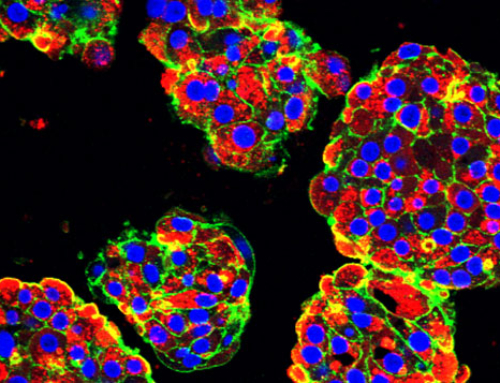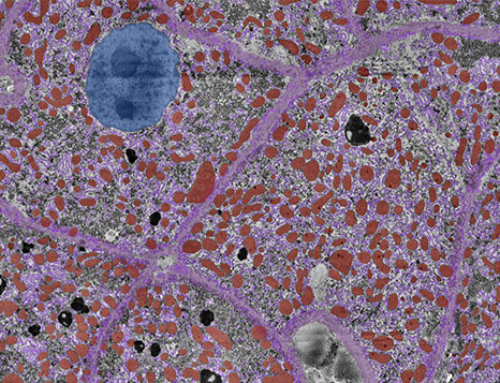
Stock image of biliary and pancreatic ducts. (Source: Getty Images).
Axel Guenther’s lab has developed collagen tubes that hold potential to be developed into lab-grown bile ducts, with the aim of being able to replace this part of the organ in a patient.
Guenther, an associate professor in the Department of Mechanical and Industrial Engineering and co-director of the University of Toronto’s Centre for Research and Applications in Fluidic Technologies (CRAFT), runs a lab that is one of eight that are part of a large-scale research project led by Gordon Keller, director of McEwen Stem Cell Institute at the University Health Network (UHN).
Bile is a fluid that is made by the liver and aids with digestion. It travels through the liver in tube-like structures called bile ducts. Damaged bile ducts can cause liver failure.
The Guenther lab’s engineering team specializes in bioprinting, creating intricate tissue-like structures by combining cells, growth factors, and biomaterials to mimic a tissue’s three-dimensionality in the body.
Guenther’s lab uses microfluidics. Microfluidics technology gives researchers the ability to control tiny amounts of polymers and other liquids, which means they can work on small, delicate structures such as his collagen tubes with high precision.

Axel Guenther (Photo by Nick Iwanyshyn)
The collagen tubes are lined with cells found in the bile duct — called cholangiocytes — which means they can function like a bile duct and have shown positive results in animal testing.
Guenther says Toronto has a strong microfluidics research community and benefits from proximity to medical institutions.
“Toronto has one of the highest concentrations of microfluidics researchers in the world,” says Guenther. “Having that so close to teaching hospitals — there aren’t many places in the world that can offer that.”
Back to “Five ways Medicine by Design is transforming the treatment of liver diseases.”


